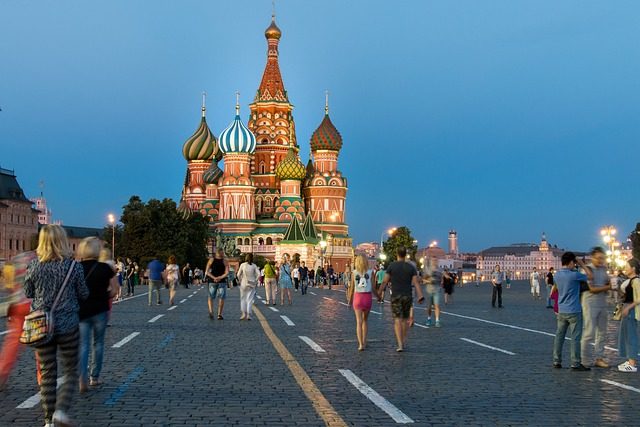Russia Project
- For this project you will undertake a series of small activities which will culminate in an oral presentation consisting of short speeches, a Q and A session, and a debate.
- For each activity you will need notes for your talking points and visual aids.
- Much of the research will be carried out using physical paper sources rather than digital ones. These will be provided.
- Your visual aids can be digital or physical or both.
Project Skills and Aims:
- To extend locational knowledge and deepen spatial awareness of the world’s countries using maps of the world to focus on Russia.
- To focus on environmental regions, key physical and human characteristics, countries and major cities.
- Study of the changing Russian empires c.1800-1989 as a significant society or issue in world history and its interconnections with other world developments.
Section One – Introduction
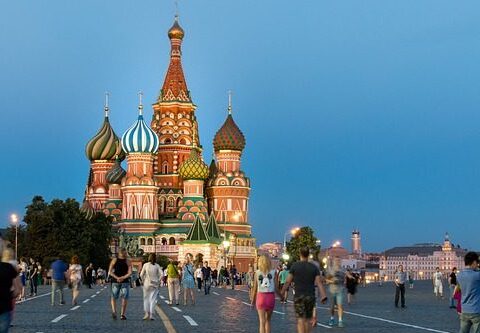
RUSSIA
Related: Asia week | Europe Day
Fast Facts
- Capital: Moscow
- Continents: Europe and Asia
- Official language: Russian
- Main ethnic group: Russian (71.7%)
- Other indigenous ethnic groups: Tatar(3.2%), Chechen(1.1%) Bashkir(1.1%)
- Primary religion: Christianity / Russian Orthodoxy (47.4% / 41%)
- Other main religion: Islam (6.5%)
- Timezones: 11 timeszones spanning GMT+2 to GMT+12
- Government: federal semi-presidential republic
- Monetary Unit: Russian Ruble

The Russian Flag
The national flag of Russia, also known as the State Flag of the Russian Federation is a tricolour flag consisting of three equal horizontal fields: white on the top, blue in the middle, and red on the bottom.
The flag was first used as an ensign for Russian merchant ships in 1696.
The three-band white-blue-red flag was also used on warships up to 1720 as signals.
At the times of Alexander III of Russia the official interpretation was as follows:
- the white color symbolizes nobility and frankness;
- the blue for faithfulness, honesty, impeccability, and chastity;
- and the red for courage, generosity, and love.
What is an Oblast?
The term oblast can be translated into English as “province” or “region”.
There are currently 46 oblasts in Russia.
The majority of oblasts are named after their administrative center (capital city),which is generally the largest city.
Tour Russia
Sit back and chill while you take a virtual tour of Russia. Don’t forget to walk around and explore some buildings.
Activity One – Flag Option
- Find out about a different Russian / Soviet flag.
- Draw it or paint it and present it on a scale that is visible to a small audience.
- Research its use and history.
- Prepare a short talk about it.
Activity One – Oblast Option
- Identify all 46 oblasts and their capitals (three don’t have capitals).
- Either:
- mark out the oblasts and their capitals on a map, or:
- list the oblasts and their capitals.
- Provide your visual aid as a handout.
Section Two – USSR / Soviet Union / CCCP
The Soviet Union (officially the Union of Soviet Socialist Republics – USSR,was a transcontinental country that spanned much of Eurasia from 1922 to 1991.
The USSR was a flagship communist state. It was a federal union of fifteen national republics: Russia, Ukraine, Georgia, Belorussia, Uzbekistan, Armenia, Azerbaijan, Kazakhstan, Kyrgyzstan, Moldova, Turkmenistan, Tajikistan, Latvia, Lithuania and Estonia.
СССР (Союз Советских Социалистических Республик is a Russian abbreviation for the Soviet Union.
The Soviet Union covered an area of over 8,649,500 square miles.

Russia is a country that stretches over a vast expanse of eastern Europe and northern Asia.
Russia was once a part of the republic of the Union of Soviet Socialist Republics (U.S.S.R.; commonly known as the Soviet Union).
Russia became an independent country after the dissolution of the Soviet Union in December 1991.
Russia on its own is far the world’s largest country, covering nearly twice the territory of Canada, which is the second largest.
Russia covers an area of 6,602,000 square miles.
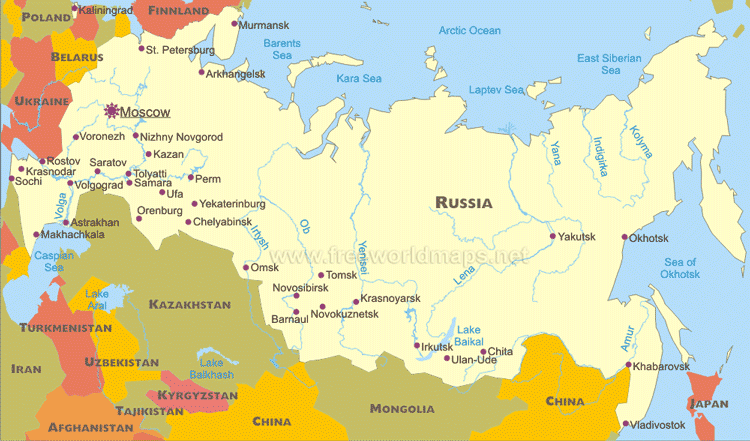
Activity Two – USSR
- Draw an outline map of the USSR.
- Label the republics and their capitals.
- Research the reasons as to why the USSR dissolved back into separate countries.
- Prepare a short talk about it.
AD
862 – 1584
Section Three – A Brief Timeline
Mongol Invasions
862 AD
The first major East Slavic state is Kievan Rus.
980-1015 AD
Kiev becomes a center of politics and culture in eastern Europe.
1237-1240 AD
Mongols invade Kievan Rus.
1480-1505
Ivan the Great frees Russia from the Mongols.
1547-1584
Ivan the Terrible expands the Muscovite territory into Siberia.
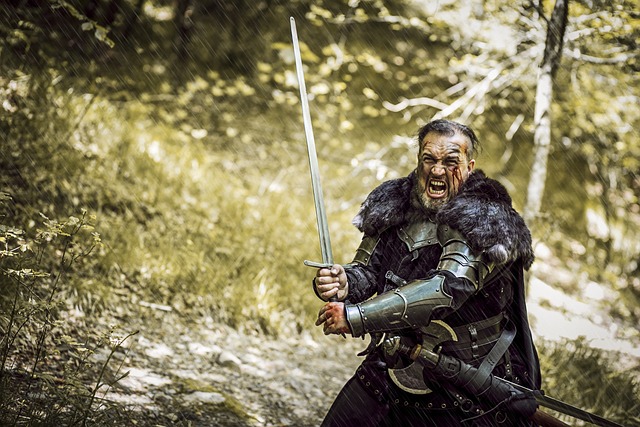
AD
1613-1914
Romanov Dynasty
1613
Mikhail Romanov is coronated as czar at age 16.
1689-1725
With a new capital in St. Petersburg, Russia becomes a world power.
1762
Catherine the Great extends Russia’s borders.
1853-1856
Russia is crippled in its defeat during the Crimean War.
1861
Czar Alexander II abolishes serfdom.
1914
Russia enters World War Two.
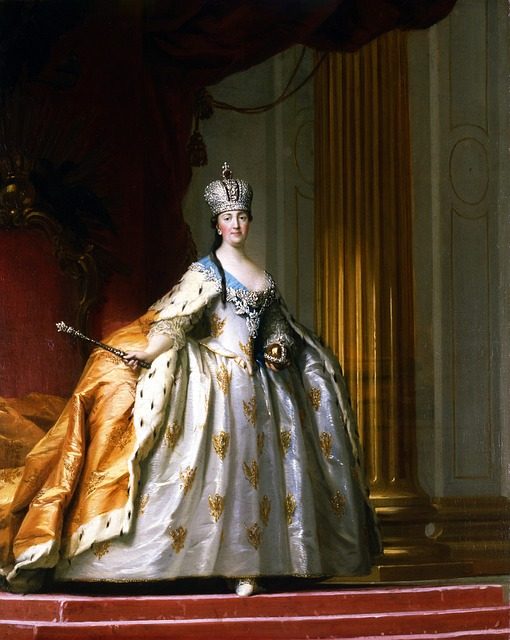
AD
1917-1980
Rise of the Soviet Union
Nov. 6-7, 1917
The Russian Revolution.
1929-1953
Joseph Stalin’s ‘Great Purge’.
1941
Russia joins the allies in World War Two.
1949
The Soviets tested an atom bomb.
Oct. 4, 1957
The Soviet Union launches Sputnik I.
Oct. 1962
The 13-day Cuban Missile Crisis.
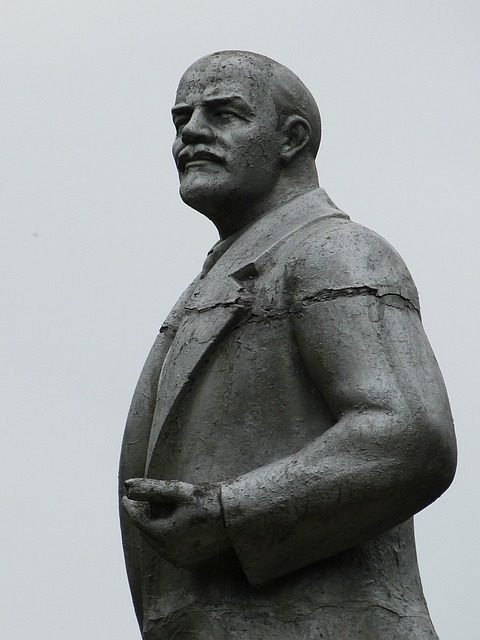
24
1985-1991
Gorbachev Introduces Reforms
May 1986
Gorbachev promotes the policy of Glasnost.
May 1988
Gorbachev’s Perestroika program.
April 26, 1986
Chernobyl disaster.
Aug. 19 to 21, 1991
Soviet coup attempt.
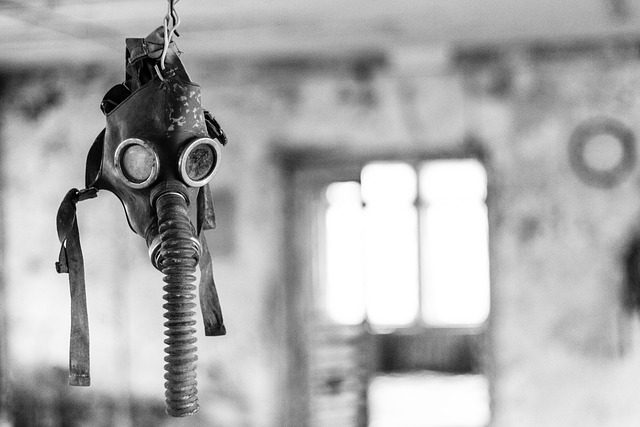
AD
1991-present
Russia – Capitalism after Communism
Dec. 25, 1991
The Soviet Union is dissolved.
Dec. 1994 to Aug. 1996
The First Chechen War.
Mar. 26, 2000
Vladimir Putin is elected president.
Oct. 23, 2002
Moscow Theater Hostage Crisis.
May. 2018
Vladimir Putin inaugurated for fourth term as president.

Activity Three – Events
- Choose an important event in Russia’s history. This obviously includes the history of Kievan Rus and USSR.
- Prepare a short presentation and question and answer session.
Section Four – Russian Holidays and Festivals
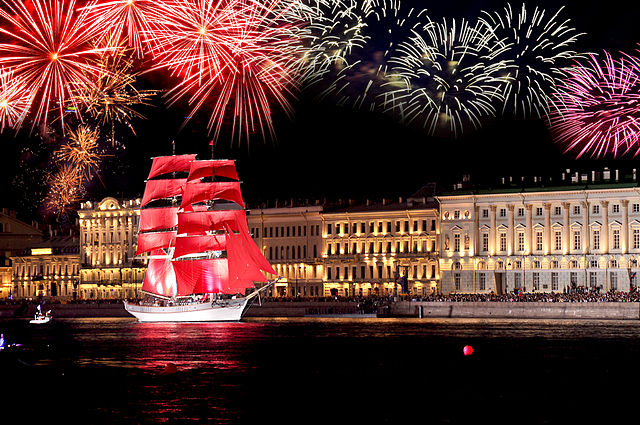
January 7th
Russian Orthodox Christmas
January 14th
Old New Year
February 23rd
Defender of the Fatherland Day
February or March
Maslenitsa
March 8th
International Women’s Day
May 1st
Spring and Labour Day
April 12th
Cosmonautics Day
April
Easter
May 9th
Victory Day
June 12th, 13th, or 14th
Russia Day
June
Trinity Sunday
August 22nd
National Flag day
November 4th
Unity Day
Activity Four – Festivals
- Choose a festival that is celebrated in Russia (and maybe other eastern slavic states).
- Prepare a short presentation which includes at least one visual aid.
The Slavs
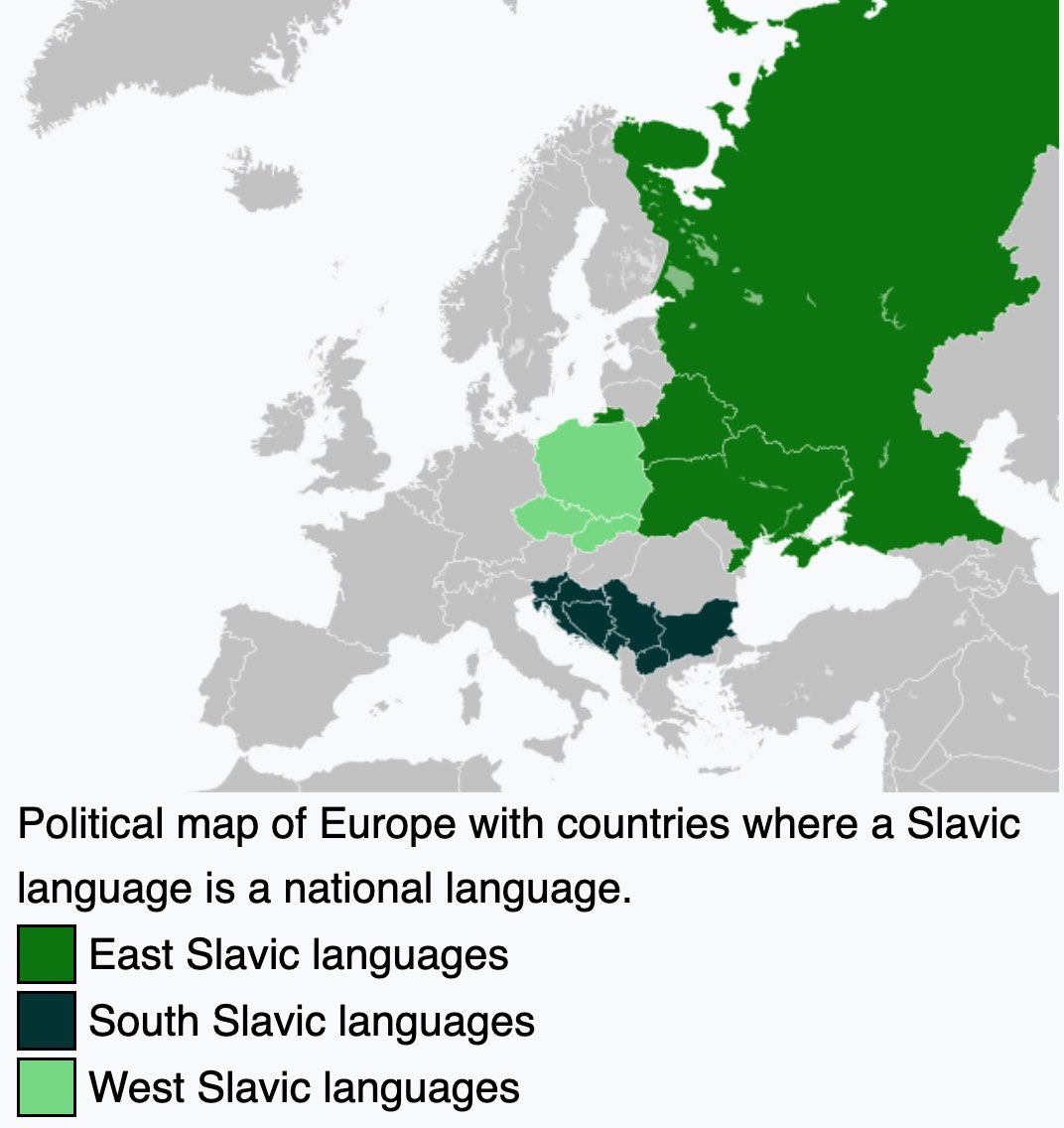
A slav is a member of a group of peoples in central and eastern Europe speaking Slavic languages.
The Proto-Slavic homeland is the area of Slavic settlement in Central and Eastern Europe during the first millennium AD, with its precise location debated by archaeologists, ethnographers and historians. Most scholars consider Polesia the homeland of the Slavs.
According to historical records, the Slavic homeland would have been somewhere in Central-Eastern Europe. During the 6th and the 7th centuries AD, there was an expansion of Slavic-speakers which like;y originated in Belarus, Poland and Ukraine.
Present-day Slavs are classified into three broad groups:
- East Slavs (chiefly Belarusians, Russians, Rusyns, and Ukrainians)
- West Slavs (chiefly Czechs, Kashubians, Poles, Slovaks and Sorbs)
- South Slavs (chiefly Bosniaks, Bulgarians, Croats, Macedonians, Montenegrins, Serbs and Slovenes).
Slavs speak the various Slavic languages:
The languages in green are languages spoken today.
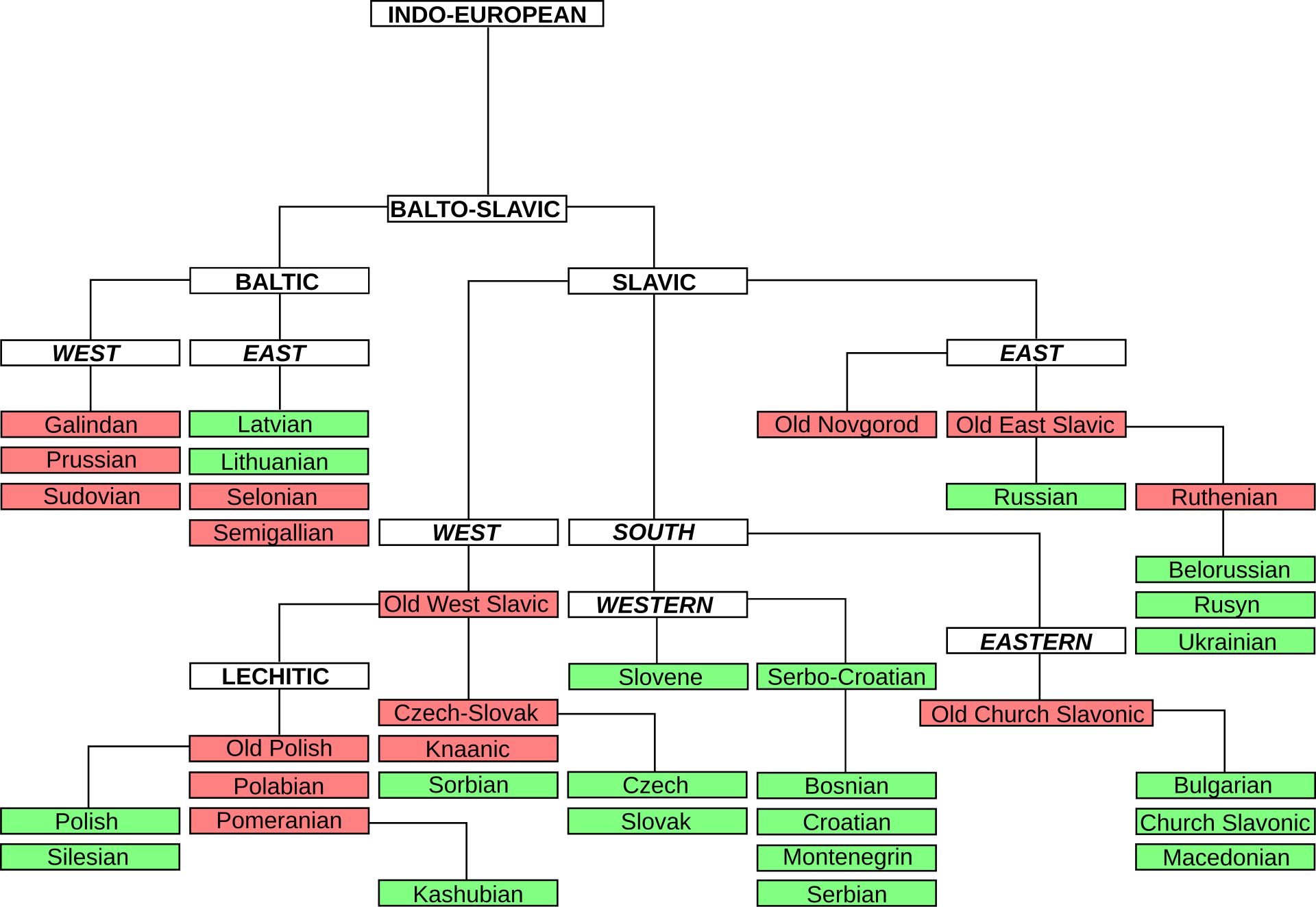
Section Five – Notable Russians
Literature

Fyodor Dostoevsky
(1821–1881)
One of the great novelists of all time, whose masterpieces include Crime and Punishment.

Maxim Gorky
(1868–1936)
Russian writer, nominated five times for the Nobel Prize in Literature. Closely associated with Lenin for a time.
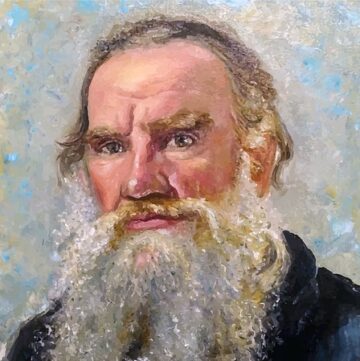
Leo Tolstoy
(1928-1910)
Russian writer, particularly renowned for his novels (War and Peace, Anna Karenina).

Isaac Asimov
(1920–1992)
Isaac Asimov was a prolific writer, penning over 500 works, including his famous Three Laws of Robotics.
Music

Dmitri Shostakovich.
(1821–1881)
Soviet-era Russian composer and pianist who became internationally known after the premiere of his First Symphony in 1926 and was regarded throughout his life as a major composer.

Pyotr Ilyich Tchaikovsky.
(1840-1893)
Russian composer of the Romantic period, best known for his symphonies, concertos, and ballets which include “Swan Lake,” “The Nutcracker,” and “Sleeping Beauty”.
Sport

Sofia Muratova
(1927-2006 )
Soviet gymnast, who competed in the 1950s and 1960s, and won eight Olympic medals.

Maria Sharapova
(1987 – )
Ranked World No. 5 by the Women’s Tennis Association and won twenty-nine WTA singles titles along with four Grand Slam singles titles.
Entertainment

Yul Brynner
(1920-1985)
Actor known for ‘The King and I’, ‘Anna and the King’, and ‘The Ten Commandments’.

Coco the Clown
(1900-1974)
Most famous auguste (clown) in the UK during the middle decades of the 20th century.

Garry Kasparov
(1963 – )
The greatest chess player of all time.
Science&Technology

Marina Popovich
(1931-2017)
One of the most famous pilots in Russian history, she broke over 100 flying records. First Soviet woman to break the sound barrier in 1964, and third in the world.

Yuri Gagarin
(1934-1968)
The first human to venture into outer space aboard the Vostok 1 capsule in April 1961.

Valentina Tereshkova
(1937 – )
First woman in space, pilot of Vostok 6 on the 16th June 1963.
Activity Five – People
- Choose a leader from Russian history.
- Provide a image.
- Use some of the following points (and others) to prepare an argument as to why your chosen leader was the best:
- a team player
- a great communicator
- a problem-solver
- respected
- a strategic thinker
- passionate
- a visionary
- caring
- open-minded
- memorable
- powerful
- popular
- Convince your audience that your leader was the best.
Section Six – Russian Climate
Russia is located in the northern hemisphere since it lies north of the equator. In fact, the majority of Russia’s territory is much closer to the North Pole than to the equator.
Winters vary from cool along the Black Sea coast to frigid in Siberia. Summers vary from warm in the steppes to cool along the Arctic coast.
Biomes are regions on the earth that are influenced by similar climate patterns and have similar vegetation and wildlife communities. Climate is the longer trend in the weather that defines the weather pattern in a year in general.
Russia’s has five main climate zones divided based on seasonal precipitation and temperature patterns. The five main groups are tropical dry, temperate, continental, and polar.
Russia’s climate ranges from temperate in the south through humid continental in much of European Russia, and subarctic in Siberia to tundra climate in the polar north.
Here is a scrolling map which shows temperate ranges over the whole country.
Forests of various kinds account for more than two-fifths of Russia’s total land area. The country’s biomes include:
- Arctic desert
- tundra
- taiga
- mixed forest
- deciduous forest
- wooded steppe
- steppe.
Find out more about Steppe here by listening.
Activity Six – Biomes
- Choose one biome to research.
- Prepare a short presentation which includes images that represent:
- the climate that causes the biome
- the flora and fauna of the biome
- the features of the biome
- Prepare notes to explain the images.
Activity Seven – Dinner
- Choose and plan a Russian / Slavic dish.
- Make a shopping list to feed a number of people (you decide how many).
- Present the dish and ingredients in a simple handout which explains a little history of the dish.
Wrap up!
You should have the following deliverables:
- Activity 1 -Flag or oblast handout
- Activity 1 – notes
- Activity 2 – USSR map
- Activity 2 – notes
- Activity 3 – notes (and Q and A)
- Activity 4 – visual aid
- Activity 4 – notes
- Activity 5 – image of leader
- Activity 5 – debate notes
- Activity 6 – presentation / visual aids
- Activity 6 – notes
- Activity 7 – shopping list / handout
Quiz
Russia – what do you know?
